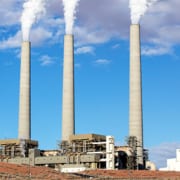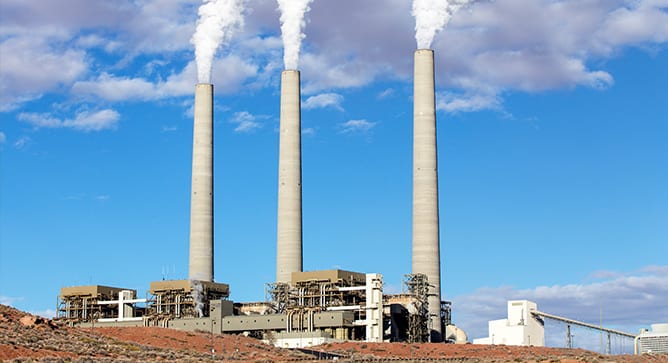News & Views, Volume 47 | Materials Lab Featured Damage Mechanism: SH/RH Fireside Corrosion in Conventional Coal Fired Boilers
By: Wendy Weiss
Superheater/reheater fireside corrosion is also known as coal ash corrosion in coal fired units.
MECHANISM
Coal ash corrosion generally occurs as the result of the formation of low melting point, liquid phase, alkali-iron trisulfates. During coal combustion, minerals in the coal are exposed to high temperatures, causing release of volatile alkali compounds and sulfur oxides. Coal-ash corrosion occurs when flyash deposits on metal surfaces in the temperature range of 1025 to 1200oF. With time, the volatile alkali compounds and sulfur compounds condense on the flyash and react with it to form complex alkali sulfates such as K3Fe(SO4)3 and Na3Fe(SO4)3 at the metal/deposit interface, which are low melting point compounds. The molten slag fluxes the protective iron oxide covering the tube, exposing the metal beneath to accelerated oxidation.



